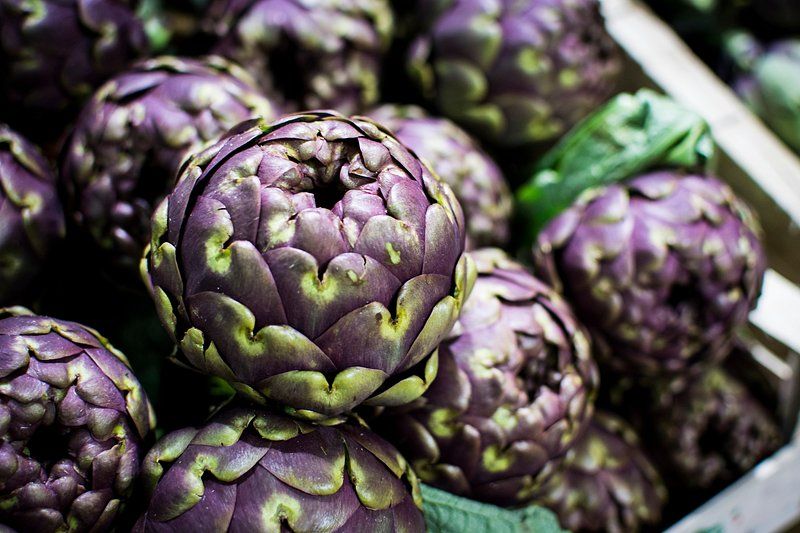
Is your sink or bathtub taking longer to drain than it should, prompting you to consider how to unclog a drain without using those common, but caustic, chemical solutions? Many homeowners, when faced with persistent kitchen or bathroom drain blockages, default to using commercial chemical drain cleaners, viewing them as a quick-fix solution for clogged drains. However, the reality is that these chemical solutions, while they may temporarily solve the issue, often lead to more negative repercussions than benefits, not just for your plumbing but for your health and the environment too.
Indeed, the harsh substances contained within these cleaners are not only a potential hazard to your health, capable of causing harm to skin and eyes upon contact, but they also have long-term detrimental effects on the environment. Chemical drain cleaners don’t just vanish after they’ve done their job; they end up in our sewers and eventually flow into rivers and lakes. Once there, these chemicals can harm the homes of plants and animals, and can even cause changes in the animals’ babies. Sometimes, these chemicals are strong enough to kill the more delicate creatures living in these waters.
What’s more, these potent chemicals, although engineered to clear clogged drains, can corrode your plumbing over time, especially if your pipes are made of PVC. This means the quick fix today could lead to expensive repairs tomorrow. Rather than using these harsh chemicals, it’s far better to go for greener, cleaner ways to get your drains running smoothly again. There are plenty of cheap and safe ways to unclog your drains right at home, using stuff you probably already have in your kitchen or bathroom. Let’s dive into some of the easiest and most effective strategies.
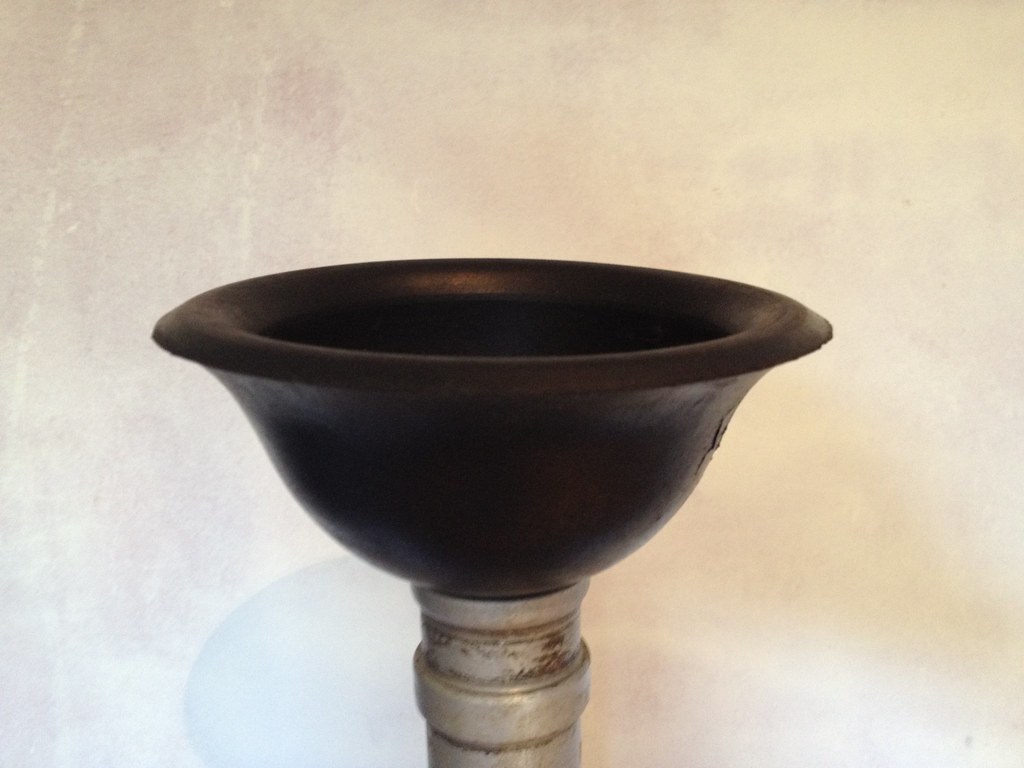
1. **The Mighty Plunger: Your First Line of Defense**Almost every home in America has a plunger, and it truly is the first thing you should try to clear your drain. If you have a clogged pipe that connects to your sink, and no water is draining, reaching for your plunger is a smart initial move. A small or standard plunger should work in most cases, but its effectiveness depends on the size and shape of the sink, so ensure you have the right fit.
For best results, remove any plug or cover from the drain and let the faucet run until there’s about an inch of water in the sink. This water helps create a better seal and aids in dislodging the clog. If you’re (understandably) not comfortable using the same plunger in your sink that you use in your toilet, we recommend getting a plunger designed specifically for clearing sinks. These are often easier to maneuver in tight spaces and convenient to store.
Place the plunger over the drain so it covers it entirely and creates a complete seal. The proper way to use a plunger is to make sure that it seals the opening completely and to pump it slowly, pushing up and down a few times, then pulling it up quickly. This rapid pumping helps to shake the clog loose. After about 15 seconds, stop and see if the water drains. If it stays in the sink, pump the plunger again, repeating the process until you see the water flowing freely.
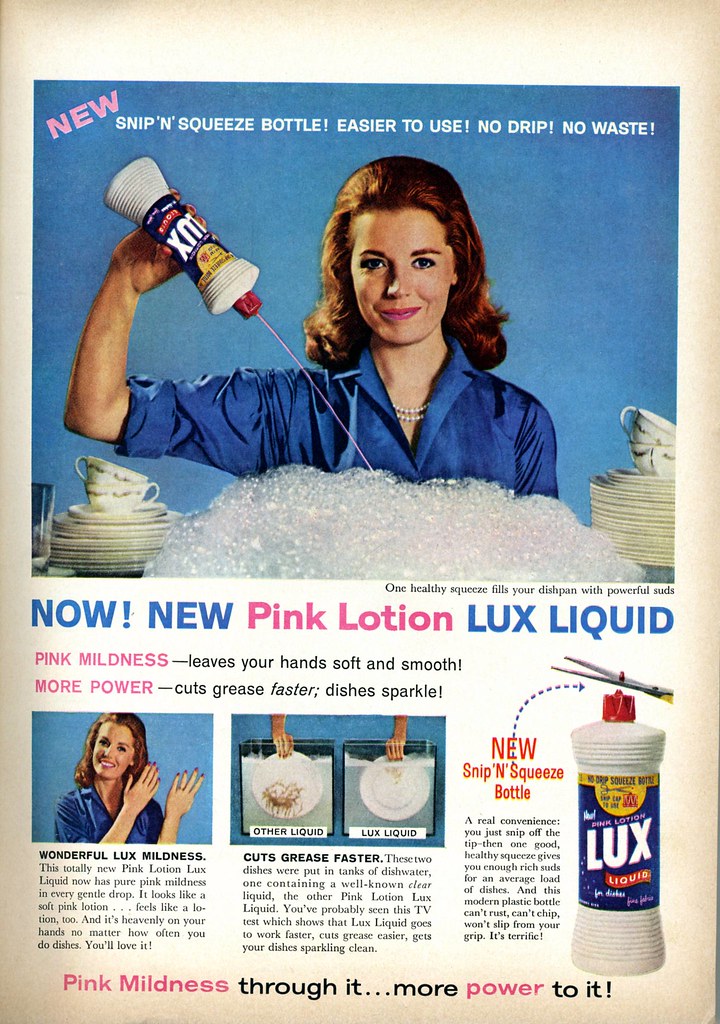
2. **Dish Soap and Boiling Water: Tackling Grease and Minor Buildup**Grease can easily congeal in pipes and clog a sink drain, causing a whole host of issues, especially in kitchen sinks. This method is a fantastic natural way to unclog your slow drain, particularly if the blockage is caused by greasy buildup. The combination of dish soap and hot water can act as a degreasing and lubricating liquid, melting and pushing down greasy clogs.
To employ this simple yet effective technique, first, fill a kettle with water and heat it to a boil. Remove any standing water from the sink and the drain, if present. Then, squirt a liberal amount of dish soap down the drain. Let the soap drip for a few minutes so it has a chance to reach the grease clog and start breaking it down.
Once the soap has had a moment to work its magic, carefully pour the hot water from the kettle down the drain to flush it. The hot water helps to melt the grease, while the dish soap acts as a lubricant, allowing the softened clog to move through the pipe. It may take more than one cycle to fully break down a grease clog, so don’t be discouraged if you need to repeat the process. However, if the clog persists after a few attempts, you’re most likely dealing with something other than grease.
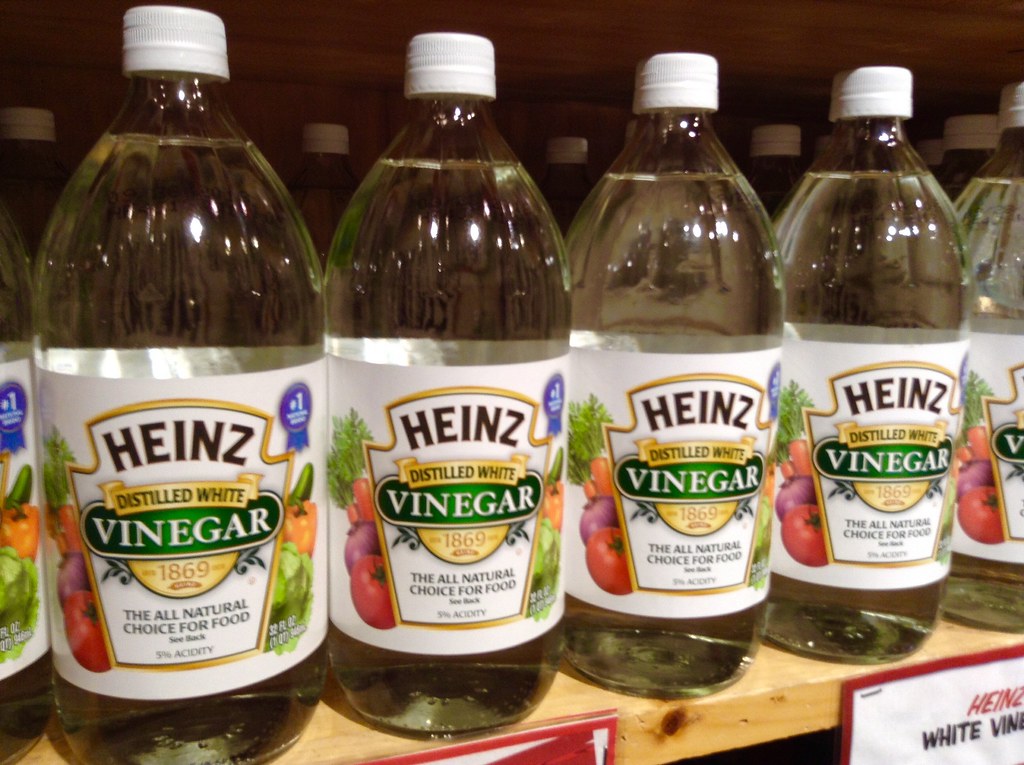
3. **Baking Soda and Vinegar: The Foaming Powerhouse**If you want to use a cleaning solution to unclog your drain without resorting to harmful chemicals, the classic combination of baking soda and vinegar is an incredibly powerful, chemical-free option. It’s just like those volcanos that would win the science fair in grade school, except now you want to contain all the foam instead of let it out.
Baking soda is a base, while white vinegar is an acid. When these two substances mix together, a chemical reaction occurs that will bubble up and eat through clogs. This bubbling and foaming can help loosen up and clear out various types of blockages, from soap scum to hair, and other organic matter that accumulates in drains.
To use this natural drain de-clogging method, first, remove any visible debris from the drain opening. Pour boiling water down your drain to loosen the clog and warm the pipes, and let it drain completely. Then, pour ¾ cup dry baking soda down the drain, followed by ½ cup vinegar, and cover immediately with a rag or plug to contain the reaction. Leave it in there for 30 minutes, allowing the mixture to work its way through the clog. After the waiting period, remove the plug and slowly pour more boiling water down the drain. If it doesn’t clear all the gunk out the first time, a second pass should work, leaving your pipes clean and free from toxic chemicals.

4. **The Humble Wire Hanger: A Simple Mechanical Approach**When plunging or liquid solutions aren’t quite doing the trick, a simple wire hanger from your closet can become an unexpected hero in the fight against clogged drains. This method is particularly useful for hair or debris that is near the drain surface and can be physically hooked or pushed. It acts as a makeshift plumbing snake for those times you don’t have a dedicated tool.
To prepare your wire hanger, use a pair of needle-nosed pliers to straighten it into a long single wire, making sure to keep the hook intact on one end. This hook will be your primary tool for dislodging the clog. Once straightened, slowly lower the hook end down the drain, allowing it to bend with the pipe’s natural curves. You should be able to push through and loosen most clogs, especially ones that aren’t too far down the pipe.
As you stick the hook end down the drain, rotate it as you go, while keeping a tight grip on the other end. Once you reach a point of resistance, wiggle the hanger around and rotate it a few more times. Slowly pull the hanger out of the drain and clean off any gunk with a paper towel. Repeat until the clog is entirely removed. Remember to work carefully while using this method; too much force will smash the clog deeper into the pipe, potentially making the problem worse.
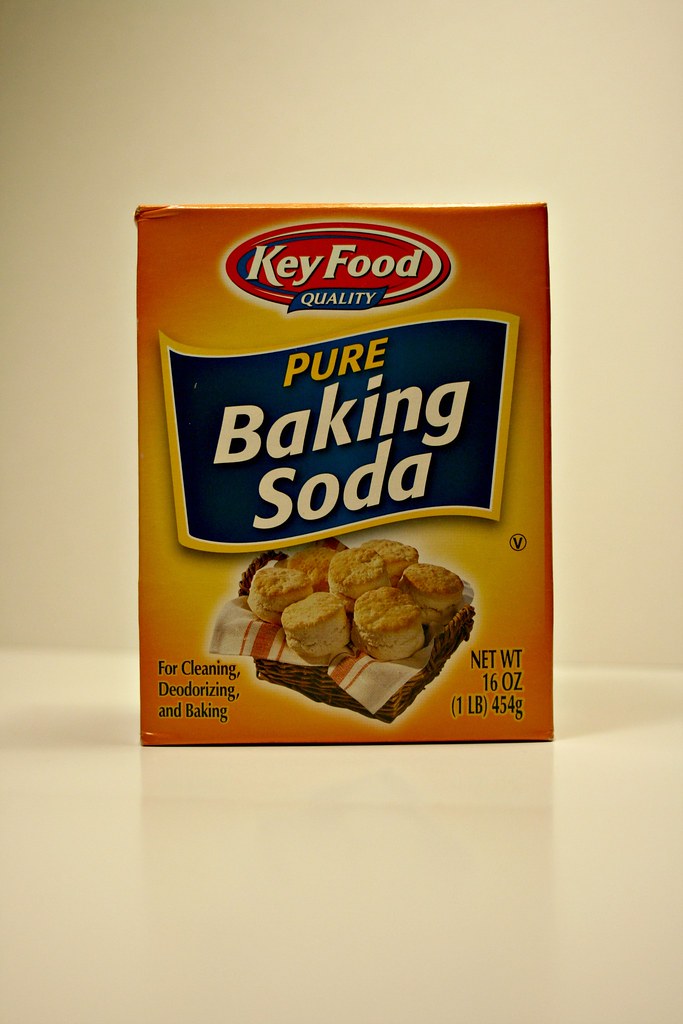
5. **Hydrogen Peroxide & Baking Soda: An Oxidizing Alternative**Expanding on the power of baking soda, hydrogen peroxide offers another excellent, chemical-free option for breaking down drain clogs, especially when paired with its familiar ally. This mixture creates an oxidizing reaction that can help to dissolve organic matter, making it a gentle yet effective alternative to harsh commercial cleaners. It’s a great choice for those looking for diverse natural solutions.
To prepare this potent mixture, you’ll need one cup of hydrogen peroxide and a tablespoon of baking soda. Simply combine these two ingredients thoroughly in a suitable container. The baking soda provides the abrasive quality, while the hydrogen peroxide works to oxidize and break down the grime, hair, and soap scum that contribute to blockages within your pipes.
Once mixed, carefully pour this solution down your clogged drain. Allow it to sit and foam for a period, typically around 15-30 minutes, giving the chemical reaction ample time to work on the blockage. This foaming action helps to lift and dislodge the clog, preparing it for a final flush. After the waiting time, follow up with a generous pour of hot water to rinse away the loosened debris, helping to clear your drain and restore proper flow.
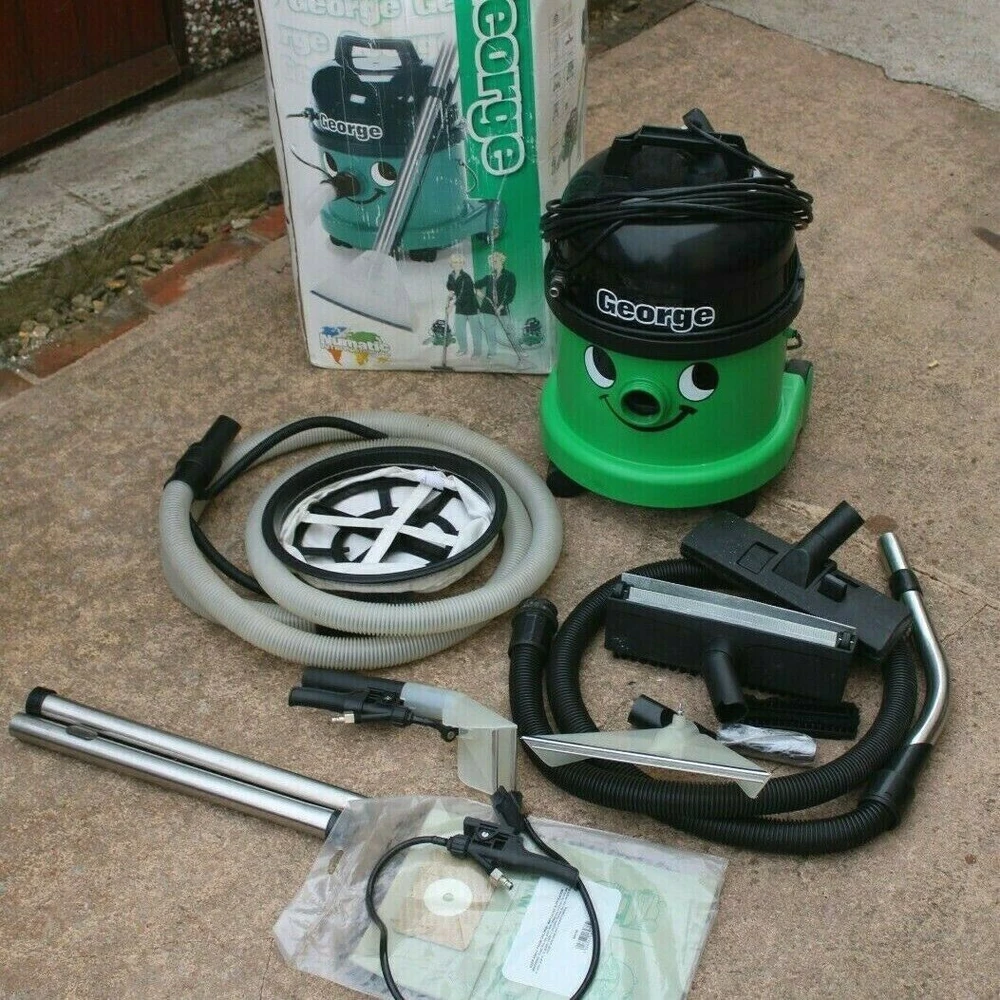
6. **Enlisting Your Wet/Dry Vacuum: A Powerful Suction Solution**When standing water and stubborn clogs prove resistant to other methods, your wet/dry vacuum can step in as a surprisingly effective solution. This method works particularly well for clogs primarily composed of hair or some other type of obstruction stuck in the pipe, as the powerful suction can often loosen or completely remove it in many cases. It offers a mechanical advantage that liquid solutions cannot.
Before you begin, ensure you have a wet/dry vacuum, as a regular household vacuum is not designed for liquids and could be damaged. Find a hose attachment that fits snugly around the drain completely, creating a strong seal. This seal is crucial for maximizing the vacuum’s suction power and efficiently drawing out the blockage. You might need to experiment with different attachments or even use a cloth to help create a perfect fit around the drain opening.
Once the attachment is secure, turn the vacuum on to its highest setting to try and suck up whatever’s clogging the drain. The immense suction pressure can often pull out hairballs, food debris, or other culprits directly from the pipe. This method tends to work well if there is hair or some type of obstruction stuck in the pipe, offering a unique and often successful approach when other, less forceful techniques have fallen short.
Moving beyond immediate fixes, maintaining clear drains often calls for a blend of specialized tools and smart preventative habits. These strategies not only resolve more stubborn blockages but also proactively safeguard your plumbing, ensuring a smooth-running home without ever resorting to harsh chemicals. Let’s explore six additional ways to keep your pipes pristine, focusing on longevity and prevention.
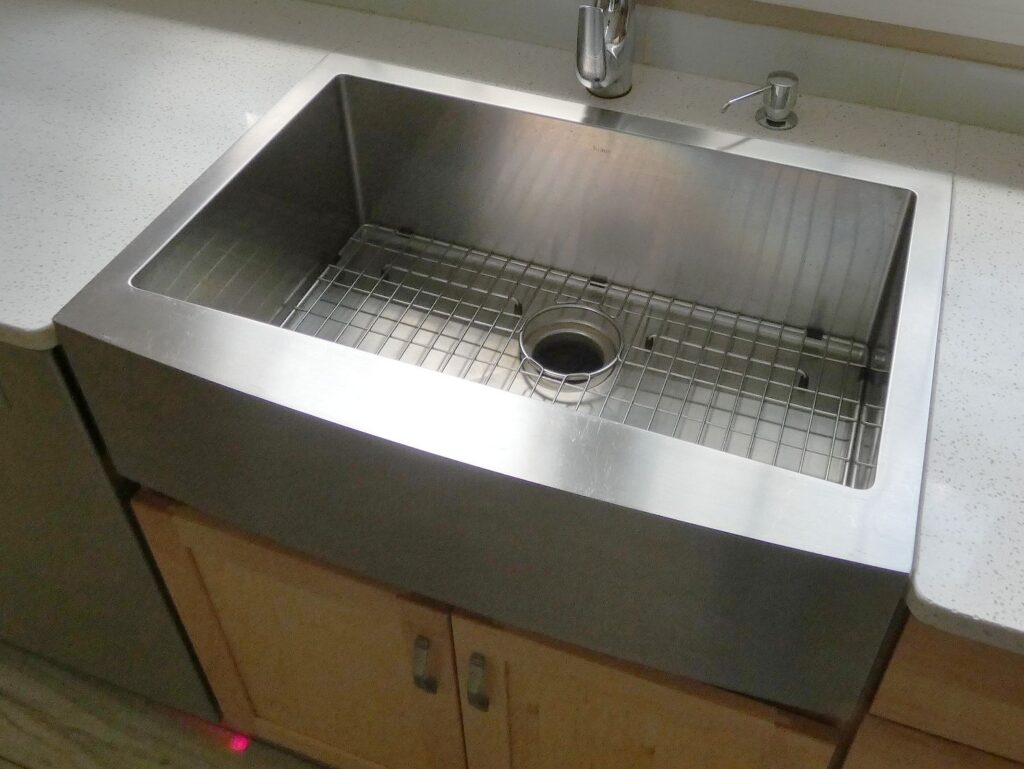
7. **Enzyme-Based Cleaners: Nature’s Little Helpers**For those seeking a powerful liquid solution without the dangers of corrosive chemicals, enzyme-based drain cleaners offer an excellent, natural alternative. Unlike harsh chemical concoctions that burn through clogs, these intelligent cleansers employ naturally derived enzymes to effectively break down organic matter in your pipes. They are a fantastic choice for persistent slow clogs and an even better option for routine preventative maintenance.
These natural cleansers contain specialized enzymes that act like tiny, biological workers, targeting and digesting specific materials such as soap scum, hair, food particles, and other organic buildup that commonly lead to blockages. They don’t generate heat or corrosive reactions, making them incredibly safe for all types of plumbing, including delicate PVC pipes and septic systems. This gentle yet effective action means they won’t harm your plumbing or introduce toxic substances into your home or the environment.
The application of enzyme cleaners is typically straightforward: you simply pour the recommended amount down the drain. However, patience is key, as these biological processes take time. They often require several hours, or even overnight, to fully work their magic. This slower action allows the enzymes ample opportunity to systematically break down the clog, restoring proper drainage without any harsh chemical fumes or risks. It’s often recommended to apply them before bed to allow them to work undisturbed.
Embracing enzyme-based solutions aligns perfectly with the goal of chemical-free drain care. Not only are they effective at clearing existing clogs, but their non-corrosive nature also makes them a superior choice for long-term pipe health, helping to prevent future blockages and costly repairs. They represent a smart, environmentally conscious step in maintaining a healthy home.
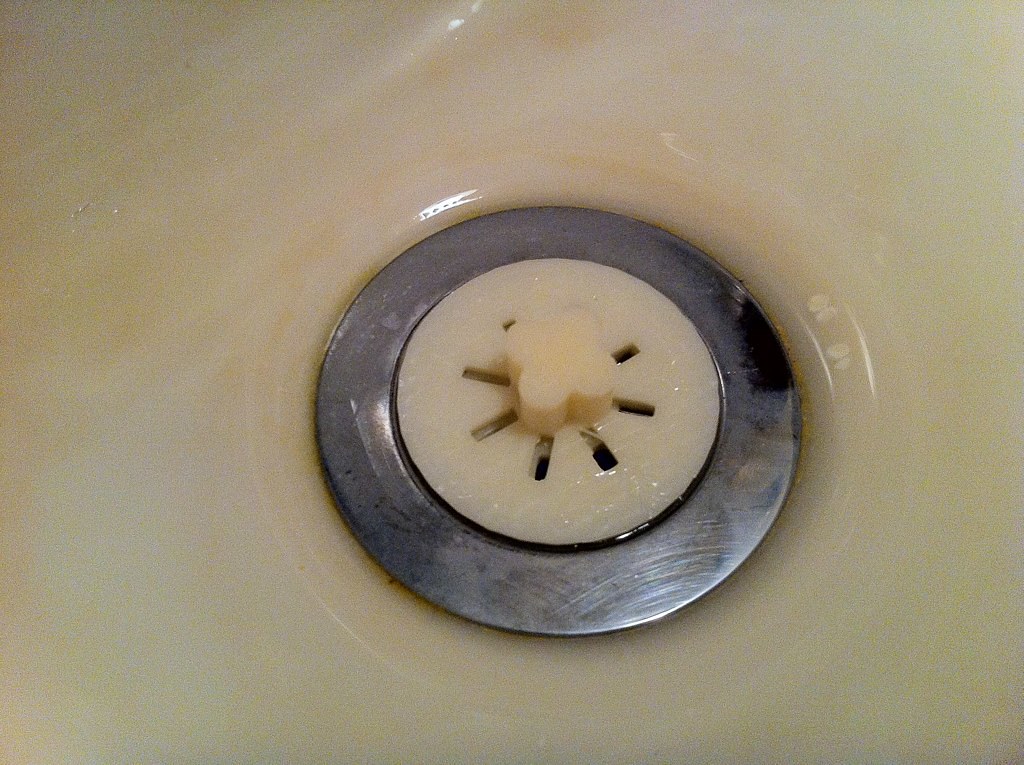
8. **The Drain Screen Difference: Your First Line of Defense, Always**Once you’ve successfully cleared a clog, the next crucial step is to prevent future ones, and the simplest, most effective method is often overlooked: consistently using a drain screen. These inexpensive devices are truly your first line of defense against the myriad of debris that attempts to make its way into your plumbing system, saving you countless headaches and potential repair costs down the line.
Drainage screens act as a physical barrier, catching larger objects, hair, food scraps, and soap scum before they can enter and accumulate in your pipes. They are essential for every drain in your home—from the kitchen sink, especially if you don’t have a garbage disposal, to bathroom sinks, and even your shower and bathtub. The more solids you keep out of your pipes, the less likely they are to clog, making these screens an indispensable tool for proactive home maintenance.
For kitchen sinks, a mesh basket stopper is ideal for grabbing unwanted food particles that might otherwise cause blockages. In bathrooms, where hair is a primary culprit, consider investing in specialized devices like a ‘Sink Shroom’ or similar hair-catching designs. These cleverly engineered stoppers fit snugly into the drain and are designed to collect every strand of hair and piece of soap scum, preventing them from forming tangled masses deep within your pipes.
Regularly emptying and cleaning your drain screens is a small, easy habit that yields significant returns. It takes mere seconds but can drastically reduce the frequency of clogs, extending the lifespan of your plumbing and keeping your water flowing freely. This simple preventative measure embodies the idea that an ounce of prevention is indeed worth a pound of cure, empowering you to maintain pristine pipes effortlessly.
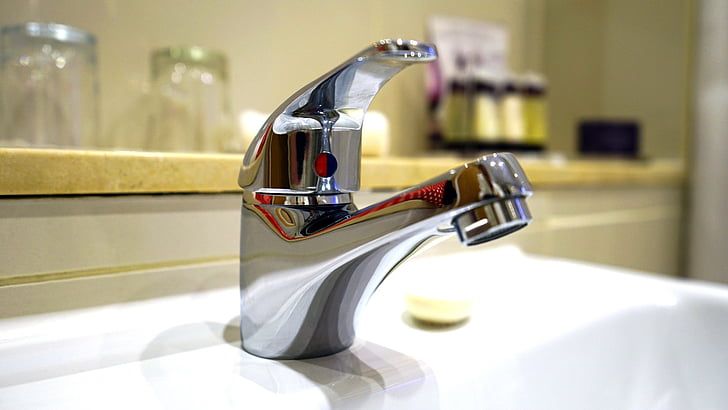
9. **Smart Pouring: Knowing What NOT to Send Down the C**Beyond installing drain screens, a fundamental aspect of clog prevention lies in cultivating smart habits about what you allow to go down your drains. Many common household substances, while seemingly innocuous, can congeal, solidify, or accumulate over time, leading to stubborn blockages that are challenging to clear without harsh chemicals.
Key culprits to avoid pouring down your drains include animal fats and cooking oils, paint, and any other liquids that have the potential to solidify or become viscous. When hot, these substances are liquid, but as they cool in your pipes, they congeal and cling to the pipe walls, acting like glue for other passing debris. Paint, on the other hand, can harden into a solid mass that is notoriously difficult to remove without professional intervention.
The repercussions of improper disposal extend beyond just your household plumbing. Substances like cooking oils and paints can also cause significant issues in municipal sewer systems, contributing to large-scale blockages and environmental contamination. Making a conscious effort to dispose of these items properly, such as collecting cooking grease in a jar for trash disposal or cleaning paint brushes in a utility sink and allowing paint residue to dry before discarding, is vital.
By understanding which liquids are detrimental to your drains and actively preventing them from entering your plumbing system, you’re taking a significant proactive step. This mindful approach to waste disposal not only protects your pipes from costly damage but also contributes to a healthier environment, reinforcing your commitment to greener, cleaner living within your home.
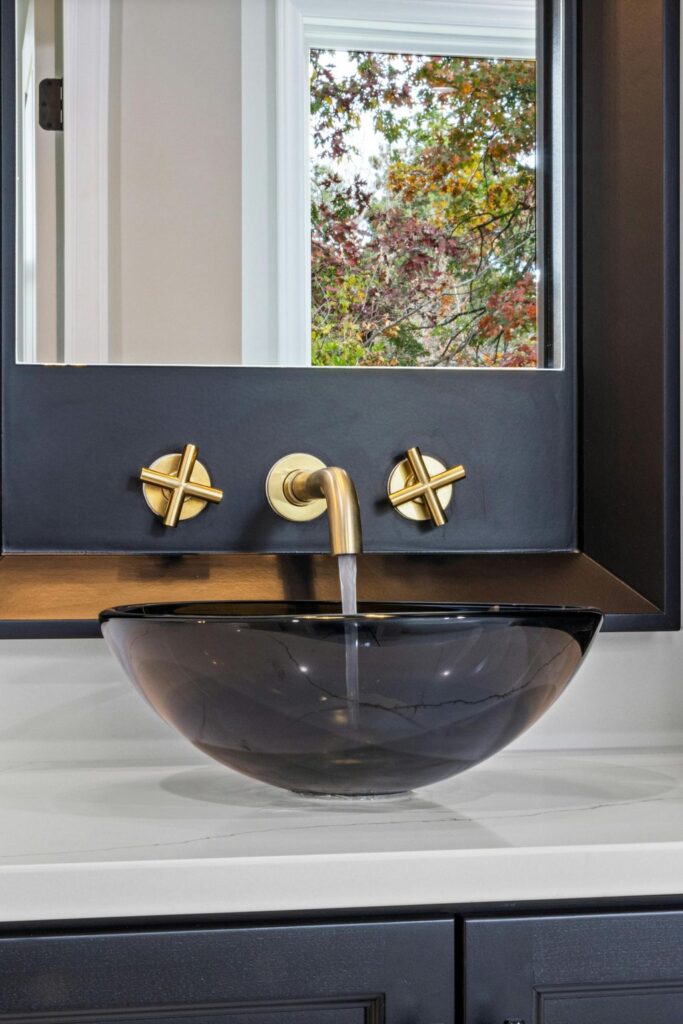
10. **The Weekly Hot Water Flush: Simple Prevention, Big Impact**Even with drain screens in place and careful disposal habits, tiny bits of soap scum, grease residue, and other organic matter can still accumulate on the interior surfaces of your pipes. To combat this subtle buildup before it escalates into a full-blown clog, making a weekly hot water flush a routine habit is an incredibly simple yet highly effective preventative measure.
This method involves pouring boiling or very hot water down your drains regularly. The heat from the water helps to melt and dissolve any lingering greasy films or soap scum that might be starting to congeal on the pipe walls. It also helps to loosen and flush away any minor organic deposits before they can harden and attract more debris, preventing them from forming a more substantial blockage.
Integrating this into your weekly cleaning schedule, or simply doing it whenever you have extra hot water left in your kettle after making tea or coffee, makes it an effortless habit. This consistent flushing action works to keep the inner surfaces of your pipes cleaner and smoother, allowing water and waste to flow more freely and reducing the chances of any material clinging and building up.
This small, proactive step is an excellent way to maintain optimal drain performance without any effort or expense beyond heating water. It’s a gentle, natural form of pipe maintenance that complements other preventative measures, significantly extending the periods between needing to tackle actual clogs and safeguarding your plumbing for the long term.
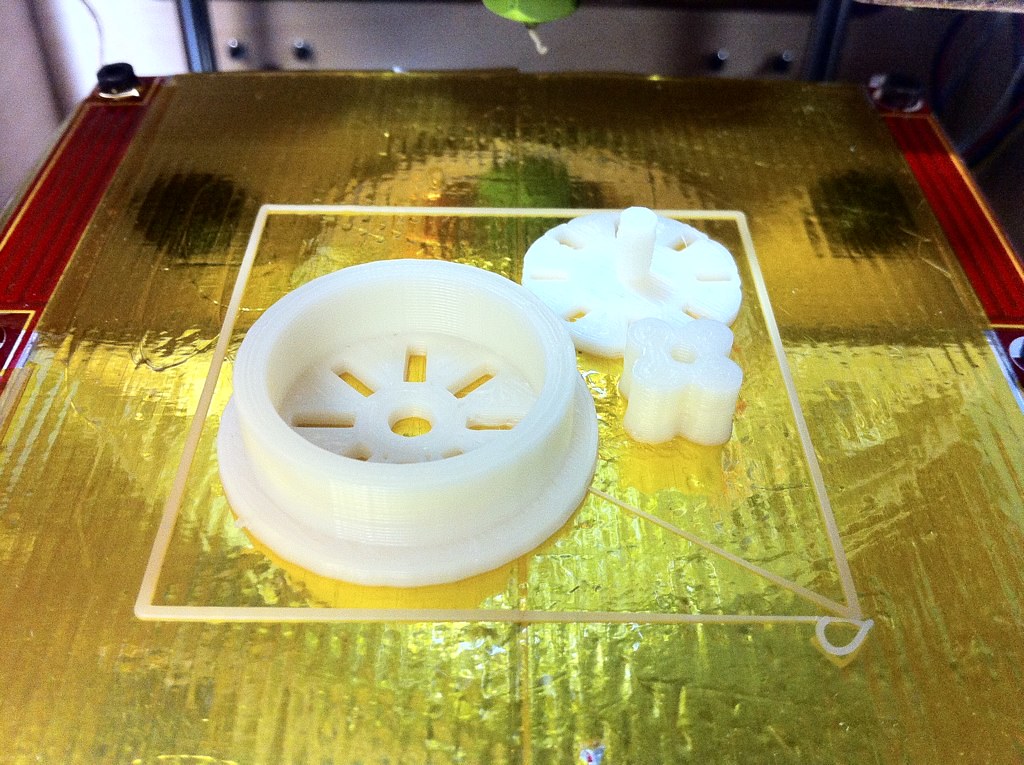
11. **Watch Out for Tiny Invaders: Granules and Grounds**While drain screens are highly effective at capturing larger debris, it’s crucial to remember that they aren’t foolproof, especially when it comes to smaller, granular substances. Many tiny particles can easily sneak through the mesh of a drain screen, accumulating over time to form surprisingly stubborn clogs. Being aware of these ‘tiny invaders’ and preventing them from entering your drains is a key aspect of comprehensive clog prevention.
Common culprits in this category include coffee grounds, sand, and other fine granules. Coffee grounds, for instance, are notoriously problematic; instead of dissolving, they tend to clump together into a thick, muddy sludge when mixed with water, which can quickly back up your pipes. Similarly, sand and fine dirt, often washed off hands or vegetables, can settle at the bottom of pipes and create a dense obstruction.
Developing a habit of disposing of these materials in the trash or compost, rather than rinsing them down the sink, is paramount. For coffee grounds, a simple scoop into the bin after brewing can save you from a future plumbing headache. When washing sandy items, consider wiping off excess sand before rinsing, or use a separate bucket for initial cleaning.
Ultimately, maintaining truly clog-free pipes requires vigilance, not just against obvious large items, but also against these often-overlooked tiny particles. By paying attention to what goes down your drains at all times, you empower yourself to prevent even the most insidious blockages, ensuring your home’s plumbing remains healthy and hassle-free, naturally and safely.
Tackling clogged drains doesn’t have to mean reaching for harsh chemicals that are detrimental to your health, home, and the environment. As we’ve explored, a wealth of natural, effective, and safe strategies are at your fingertips, from simple mechanical solutions and clever kitchen remedies to advanced enzyme cleaners and essential preventative habits. By understanding these methods and incorporating them into your routine, you gain the power to keep your drains flowing freely, empowering you to maintain a healthy, functional home with confidence and peace of mind.


